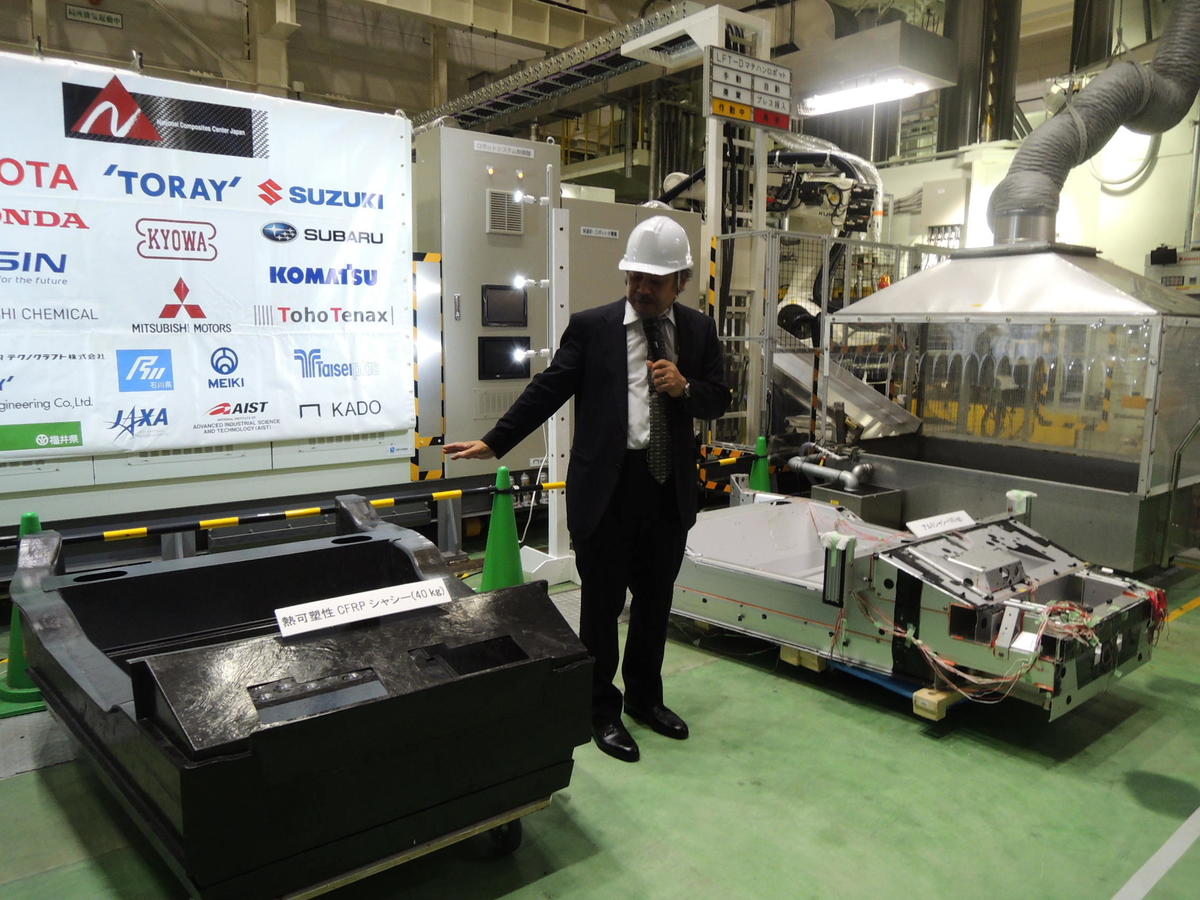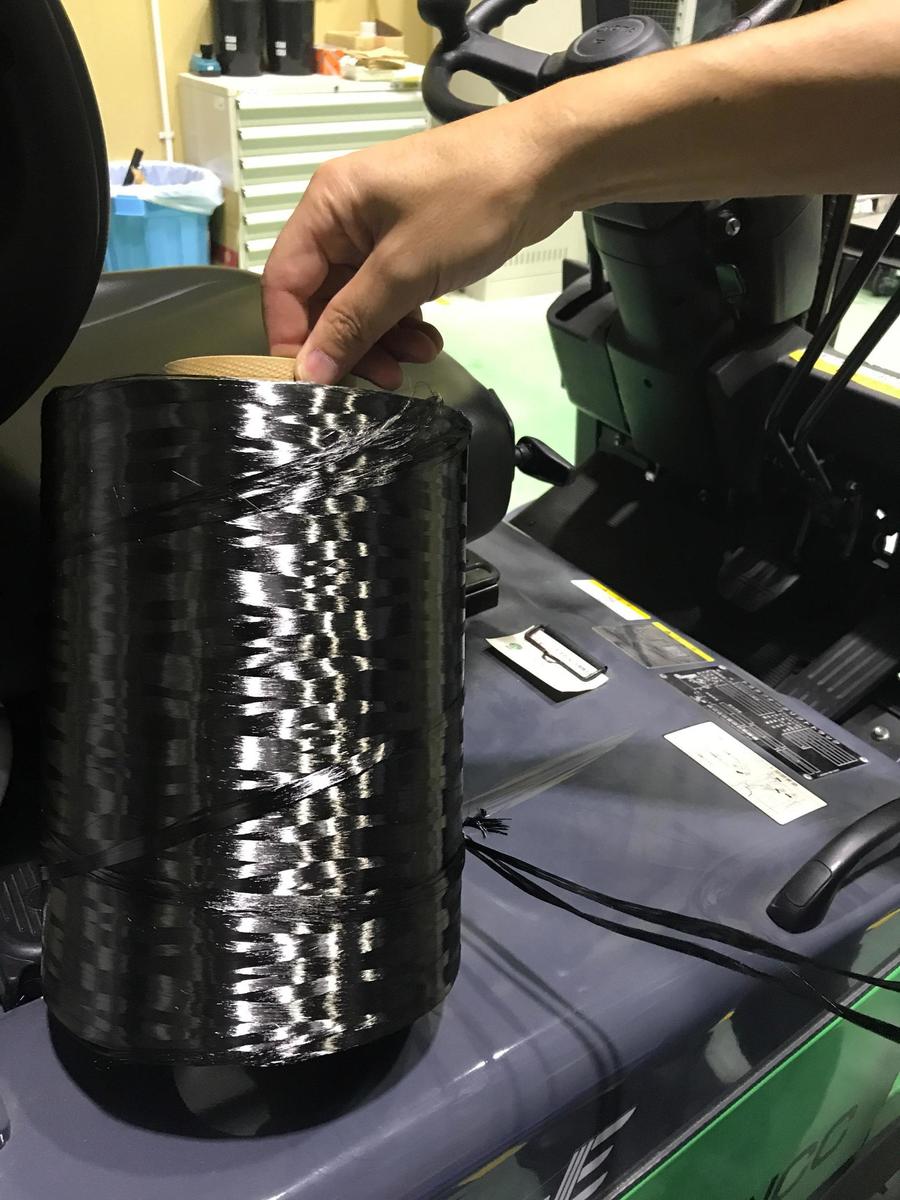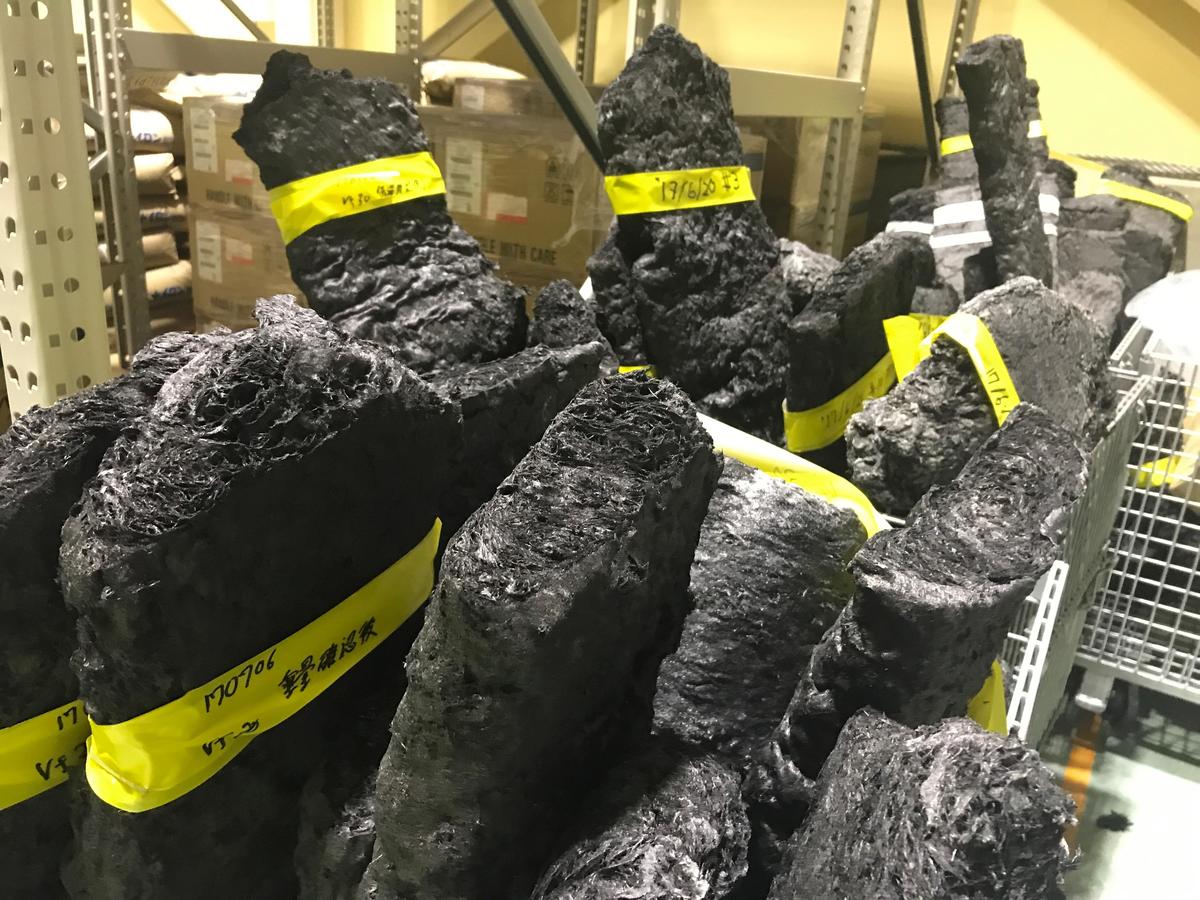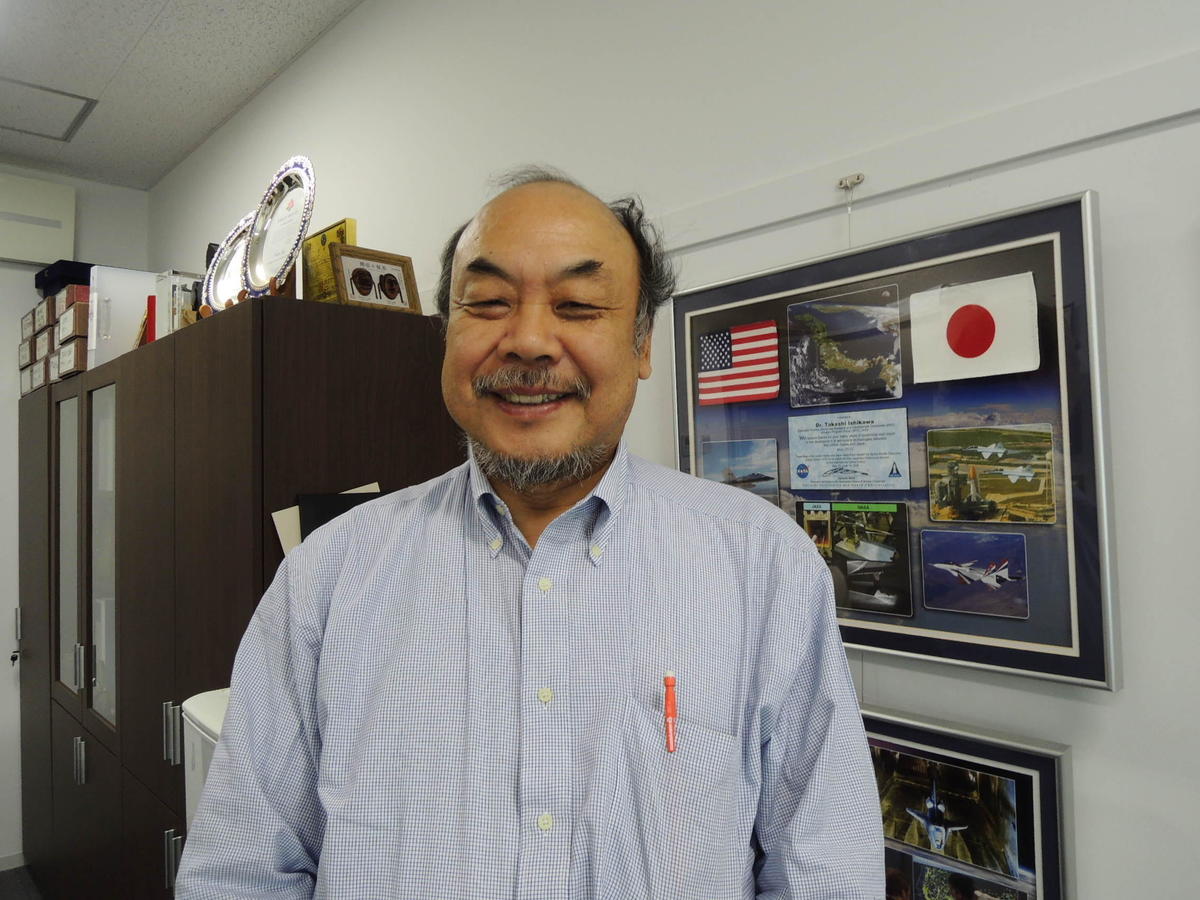November 8, 2017
Carbon Fiber, the Unsung Hero of the EV Race
Not a day seems to pass without hearing debates and speculations about the future of cars such as electric vehicles (EVs), autonomous driving and so on. There is so much excitement surrounding the field that it sometimes described as a media frenzy. What will emerge and spread? Who will lead the way? The picture is still unclear, but the technology has the potential to redefine the very idea of automobiles and transform the car industry as a result. The competition is fierce, and the interest in the unfolding development is great.
It is with this backdrop that I heard a presentation given at Nagoya University that has made me realize that one thing is going to be crucial no matter what shape the future car takes: the technology make the body of vehicles as light as possible. The lighter the car, the better its fuel efficiency will be. This is particularly important for EVs, with the currently available batteries weighing several times more than combustion engines. A lighter body means a better driving range, which means that lightweight materials may be the star behind EVs.
One of the main contenders to the stardom is a range of carbon fiber composites. Carbon fiber was invented in Japan, and three Japanese companies have around 60% of the world market share. The material is known for being "stronger than iron and lighter than aluminum," and may eventually, it is hoped, to replace metals. The main obstacles are the cost and the problem of processability. Over the last half a century, the applications of this material widened gradually from fishing rods to golf clubs and other sporting equipment, and then to the aerospace industry. Ten years ago, the march of carbon fiber reached a high point with the development of Boeing 787, which uses carbon fiber for half of its airframe. The introduction of carbon-fiber structural members in mass-produced vehicles would mean the mainstreaming of carbon fiber as an alternative to metals. This, however, requires a huge leap in technological development to bring the cost down dramatically. This is the battlefield chosen by the team led by Meidai, which also involves industry partners. It is a battle the team cannot lose, with the future of Japanese car industry at stake.
 CFRP chassis presented (front) and the aluminum car it was modeled on (at Meidai NCC, October 16, 2017)
CFRP chassis presented (front) and the aluminum car it was modeled on (at Meidai NCC, October 16, 2017)
In mid-October, the National Composite Center (NCC) at Nagoya University announced that it had succeeded in producing an automobile chassis in a mere minute by compression-molding a carbon fiber-reinforced plastic (CFRP) material in a large press. Although a practical method of using heat-cured resins mixed in with carbon fiber had already been developed, it was a slow process, needing six minutes and more to cure. This time, a heat-softened resin was used instead. Although this requires more precise temperature control, it cuts the processing time drastically. This, apparently, was the first automobile chassis ever made using this method in the whole world. The chassis was modeled on the lightweight aluminum chassis of a sports car, which was 30% lighter than its steel counterpart at 45 kg. The use of CFRP slashed the weight by a further 10% to 40 kg.
CFRP structural members used on aircrafts are made using heat-cured resins, which need to be baked in an autoclave (basically a giant pressure cooker) for 10 hours. This process increases the strength and performance of the material but is too expensive for cars. In order to allow mass production, the material must be pressable in one minute, scrap-free, and weldable. The chassis presented here has proved that this is possible, says Designated Professor Takashi Ishikawa.
The project also involves automakers such as Toyota, Honda and Suzuki, carbon fiber manufacturers such as Toray, Mitsubishi Chemical and Toho Tenax, and industrial machinery companies such as Komatsu.
 A roll of carbon fiber. A carbon fiber strand is approximately 5 microns in diameter – just a tenth of a human hair
A roll of carbon fiber. A carbon fiber strand is approximately 5 microns in diameter – just a tenth of a human hair
So what is carbon fiber? Fibers made of carbon are strong, light, and rust-proof - ideal, really, but how do you make them? Various attempts to produce carbon fiber were made across the world, but the method that gave rise to today's carbon fiber was first invented by Akio Shindo at the Government Industrial Research Institute, Osaka. Simply put, he used polyacrylonitrile (PAN), or acrylic fiber, which was made of carbon, hydrogen and nitrogen, removed the hydrogen and nitrogen, and baked the remaining carbon to make carbon fiber. The uniqueness of his method was to add a process to prevent the material from melting when heated. Shindo applied for a patent in 1959, and although the method has gone through various improvements, the PAN carbon fiber based on this patent still dominates the market today.
Japanese companies such as Toray took the cue from Shindo's invention and have taken forward its development, refining the method of producing PAN-based carbon fibers using better materials. Boeing aircrafts use Toray's CFRP exclusively.
The specific gravity of CFRP is 1.8 - significantly lighter than iron (at 7.8) or even aluminum (at 2.7).
 Protruded compound blocks of carbon fiber and resin, nicknamed the futons. They are then sent to the press for compression molding
Protruded compound blocks of carbon fiber and resin, nicknamed the futons. They are then sent to the press for compression molding
Of course, competitors across the world are in hot pursuit. Japan may still hold a large share in carbon fiber production, but European companies are ahead of us in applying the technology to automotive and other industry sectors, says Ishikawa.
The leading player in this field is the German car manufacturer BMW. It has already started mass-producing EVs using CFRP bodies, and has also embraced CFRP for use in existing conventional-fuel models, introducing it wherever it offers an advantage, for example, as reinforcements to metal parts. The drawback is the cost, as the use of heat-cured resins means it takes almost 10 minutes to mold parts.
The method Ishikawa's team has adopted also comes from Germany; it was originally developed at the Fraunhofer-Gesellschaft, and the use of this process in the production of glass fiber-reinforced plastics is already at the industrial application stage. However, Japan is still the leader in CFRP molding technology, as highlighted in the presentation. The breadth of expertise built upon many years of carbon fiber research with the involvement of industry partners has given us an edge, says Ishikawa.
We can't rest on our laurels, however. A major strength of Europe is the presence of numerous small-to-medium companies working on the development of various products, and their number is far outstripping Japan's counterparts. European universities are also active in compound materials research. It often takes place in aeronautics/aerospace departments, as the presence of the aircraft industry means that many universities have both the technologies and human resources required.
In Japan, where only a handful of universities have aeronautics departments, carbon fiber research has traditionally been conducted, in the main, by fiber manufacturers such as Toray. Ishikawa, a graduate of the Department of Aeronautics at the University of Tokyo, went into carbon fiber research after being persuaded by his graduate school supervisor, who saw the future potential of compound materials. Toray had just started mass-producing carbon fiber then, but he did not believe at that time that it had a potential for aerospace applications. He spent many years at the National Aerospace Laboratory of Japan (a precursor to the Japan Aerospace Exploration Agency) set up by Japan's Science and Technology Agency before taking up professorship at Meidai in 2012. He founded the NCC the following year, and has been leading the establishment and running of the CFRP project since. He would like to see as many companies in Nagoya, the home of the automotive and aeronautics industries in Japan, join the project and increase the breadth and depth of talents taking part in.
 Designated Professor Takashi Ishikawa, standing in front of a Certificate of Appreciation from his research partner, the US National Aeronautics and Space Administration (NASA)
Designated Professor Takashi Ishikawa, standing in front of a Certificate of Appreciation from his research partner, the US National Aeronautics and Space Administration (NASA)
This project is also a New Energy and Industrial Technology Development Organization (NEDO) initiative, and is at the halfway point of its 10-year plan. The second half of the project is to be spent improving performance, while the partner companies pursue industrial application research.
Meanwhile, another NEDO project, led by Professor Kazuro Kageyama of the University of Tokyo and also involving industry partners, is currently working on the development of "a revolutionary carbon fiber." Carbon fiber production is an energy-intensive undertaking. So much so that BMW, which has started mass-producing EVs, chose to save costs by powering the fiber baking process using the world's cheapest electricity generated at its own hydroelectric plant in Washington State in the US. The part that consumes most energy is the process to prevent fibers from melting, so this project is working on a new technology that eliminates it, which would cut the energy requirement by half. In other words, the team is trying to come up with a method that surpasses Shindo's. Apparently, they believe they have a solution.
The goal is to combine these two technologies and bring CFRP automobiles into mass production as soon as possible.
It goes without saying that, in order to see if something - whether it's a product or an energy source - is truly environment-friendly, it is necessary to look at its entire lifecycle from production to disposal. This also applies to automobiles, and there are many challenges still to be tackled. We don't know which technologies will win out.
"Technology is scary," I recall Designated Professor Yukio Ishida once saying reflectively. He has spent many years in automotive engineering research at Meidai. For instance,there were times when the ceramic engine was said to be the future; it seems to have sunk without a trace since. Instead, ceramics are in huge demand today as exhaust filters on cars, with the Japanese company NGK Insulators having the biggest share of the world market.
What new technologies will emerge and grow tomorrow? Universities are where the seeds of these new technologies are sown and germinate. I for one look forward to seeing what will emerge from this soil.
Shindo passed away in October last year at the age of 90, leaving a huge legacy to the world. In the field of engineering, the main international awards include the Charles Stark Draper Prize for Engineering, set up in 1989 by the US National Academy of Engineering, and the UK's Queen Elizabeth Prize for Engineering, which has been awarded biennially since 2013. Both were established with the ambition to become the Nobel Prize of the engineering world, and recent winners include Japanese researchers. Shindo died without any of these honors, but the time may yet come when carbon fiber becomes the material of choice over metals. I hope the future generations will look back and pay their respect to the pioneer who took the first step.

 Subscribe to RSS
Subscribe to RSS